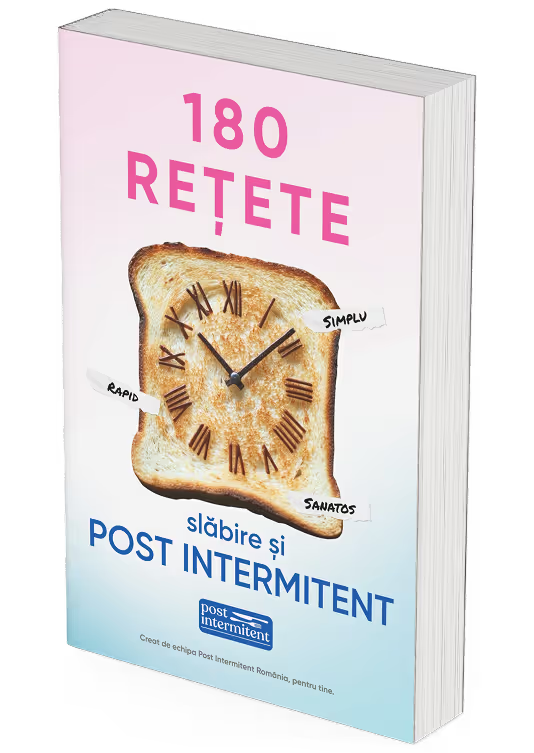You don't have to blindly follow a predefined protocol — you can build one that works for you. In this article, we show you how to create your own intermittent fasting plan, step by step.
Why is it worth customizing your plan?
Every body is different. A schedule that works for an active person in the morning can be completely ineffective (or even tiring) for someone who works night shifts or has small children. A custom plan means:
- More sustainability
- Fewer frustrations
- Better results in the long run
Step 1: Define Your Goal
Before choosing the hours or windows to eat, ask yourself:
- Do you want to lose weight?
- Do you want more mental clarity?
- Do you want to improve your digestion or sleep?
- Or maybe just eat less chaotically?
🎯 A clear goal helps you choose the right protocol and set your expectations realistically.
Step 2: Observe Your Natural Rhythm
Write down for 2-3 days:
- What time are you hungry for the first time?
- What time do you normally have your last meal?
- When do you feel energetic vs. lethargic?
Don't force a plan that doesn't align with what your body tells you. If you're not hungry in the morning, it's a sign that a 12pm-8pm window might work well for you.
Step 3: Choose a basic protocol as a starting point
Here are some starting options:
- 14/10— Fasting 14 hours, eating 10 hours → ideal for beginners
- 8/16— the classic: eat between 12:00 and 20:00
- 6/18— for those already adapted to 16/8
- 12/12— if you just want to eliminate the evening snacks
You can start easy and adjust after 5—7 days.
Step 4: Set the time of the first meal
Is it easier for you to skip breakfast or over dinner? Depending on this, choose:
- Lunch—dinner(ex: 12:00 — 20:00) → suitable for most
- Breakfast—lunch(ex: 8:00 — 16:00) → ideal for those who work physically in the morning
- Single meal per day (OMAD)→ only after serious adaptation
Step 5: Plan your meals — don't let hunger decide!
A good plan also includes smart food choices. In your food window:
- Start with a protein-rich meal
- Includes good fats and fiber (avocado, vegetables, olive oil)
- Avoid refined carbohydrates and excess sugar
Hearty meals help satiety and support the next fast.
Step 6: Test and adjust
There is no “perfect” plan from the first. Your body adapts and teaches you along the way:
- If you have a headache → add more electrolytes
- If you feel weak → shorten the fasting temporarily
- If you wake up hungry → move dinner time closer to bedtime
Daily journaling (physical or digital) can help you enormously.
Examples of flexible plans
Person with office job
- Dining window: 12:00 — 20:00 (16/8)
- Breakfast omitted, lunch + balanced dinner
Mother who wakes up early
- Window: 08:00 — 16:00 (16/8 reversed)
- Rich breakfast and lunch, skipped dinner
Physically active person
- Window: 14:00 — 20:00 (18/6)
- Post-workout protein snack, main meal in the evening
Freelancers with flexible schedule
- Start with 14/10 → adjust daily according to energy
What do you do when obstacles arise?
- Don't force fasting if you're having a hard day — flexibility beats stiffness
- Do you have a party in the evening? Adjust the time of the first meal
- Don't feel guilty if you cheat — the next day.
The key is adapting, not perfection.
Only in the Matrix. Stay zen — dreams don't contain calories (yet). 😄
It depends on your lifestyle and hormonal rhythm. For some, skipping dinner improves sleep; for others, missing breakfast is easier to maintain. Test both variants.
Usually between 1 and 3 weeks. Your body needs time to switch from burning glucose to burning fat. The first days may be more difficult, but they pass.









.svg.avif)













.avif)























.svg)
